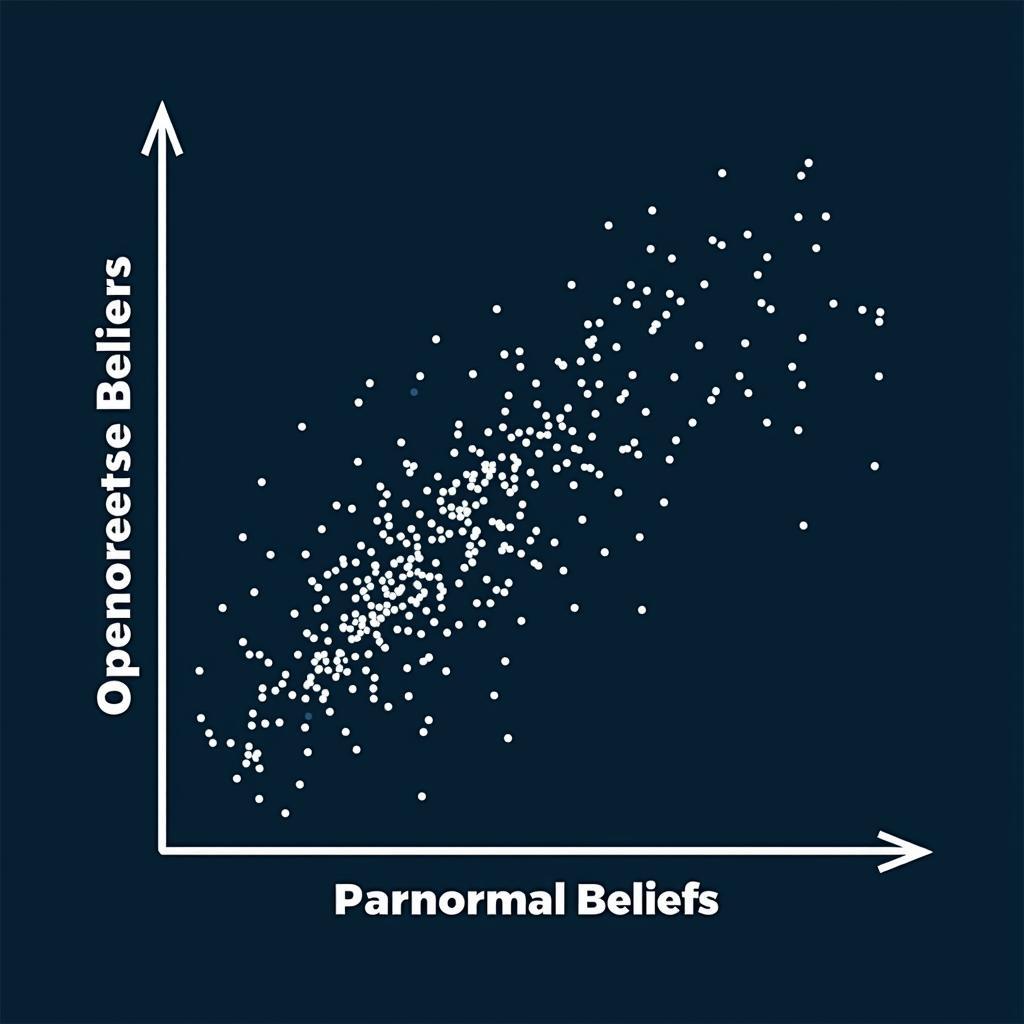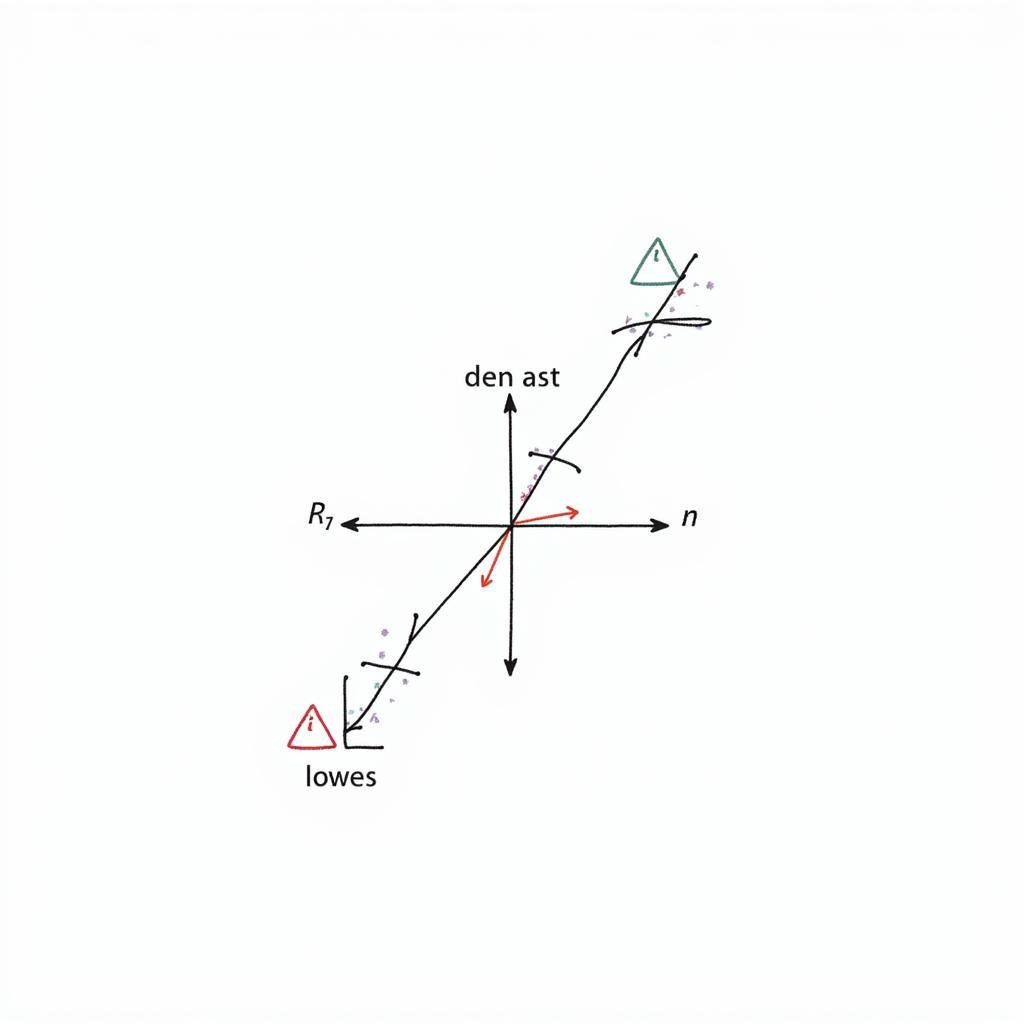Correlational research, a cornerstone of scientific inquiry, seeks to identify the relationships between variables. A Sample Of Correlational Research can illuminate these connections, offering insights into how different factors influence each other without manipulating any of them. This approach is particularly valuable when exploring complex phenomena where direct experimentation might be impractical or unethical. Let’s delve deeper into the fascinating world of correlational research and uncover the secrets it holds.
Similar to what you’d encounter in a research methods in psychology class, correlational studies don’t establish cause-and-effect relationships. Instead, they reveal the strength and direction of associations between variables. For instance, a study might explore the correlation between hours spent studying and exam scores, or between stress levels and sleep quality. Understanding these relationships can be invaluable in various fields, from psychology and sociology to economics and medicine.
Exploring a Sample of Correlational Research: The Case of Paranormal Beliefs and Openness to Experience
A sample of correlational research within the realm of the paranormal might investigate the relationship between belief in paranormal phenomena and openness to experience. Researchers could administer questionnaires measuring both variables to a group of participants and then analyze the data to determine if there’s a statistically significant correlation. This is similar to the ap psychology research methods you might have come across.
 Correlation between Paranormal Beliefs and Openness to Experience
Correlation between Paranormal Beliefs and Openness to Experience
Do certain types of approaches in research lend themselves better to studying paranormal phenomena? That’s a question worth pondering. This research wouldn’t prove that openness causes paranormal beliefs, or vice versa. It would simply show whether the two variables tend to occur together.
Understanding Correlation Coefficients
A key element in interpreting a sample of correlational research is the correlation coefficient, typically represented by “r.” This statistic ranges from -1 to +1 and indicates both the strength and direction of the relationship between variables. A positive correlation (r closer to +1) suggests that as one variable increases, the other tends to increase as well. A negative correlation (r closer to -1) indicates that as one variable increases, the other tends to decrease. A correlation coefficient of 0 indicates no relationship between the variables. Understanding which of the following is a quantitative research method is important for properly analyzing these results.
 Visual Representation of Correlation Coefficients
Visual Representation of Correlation Coefficients
“In correlational research, it’s crucial to remember that correlation does not equal causation,” states Dr. Amelia Hayes, a renowned researcher in parapsychology. “While we might observe a strong correlation between two variables, that doesn’t necessarily mean that one causes the other. There could be other underlying factors at play.”
Delving Deeper into Correlational Research Designs
Coolican research methods and statistics in psychology provides a detailed exploration of correlation studies. There are several different types of correlational designs, each with its strengths and limitations. These include cross-sectional studies, which collect data at a single point in time, and longitudinal studies, which follow participants over an extended period.
Addressing Potential Confounds
A crucial consideration in any sample of correlational research is the potential for confounding variables. These are extraneous factors that could influence both of the variables being studied, creating a spurious correlation. For example, in a study exploring the correlation between exercise and mood, age could be a confound if older individuals tend to exercise less and also report lower mood. Researchers employ various strategies to control for confounds, such as statistical techniques and careful selection of participants.
 Example of a Confounding Variable
Example of a Confounding Variable
“Identifying and controlling for potential confounds is essential for ensuring the validity of correlational research,” explains Dr. James Blackwood, a leading expert in statistical analysis. “Failing to account for these extraneous factors can lead to misleading conclusions about the relationship between the variables being studied.”
Conclusion: The Power and Limitations of Correlational Research
A sample of correlational research offers a powerful tool for exploring the complex relationships between variables. While it doesn’t establish causality, it provides valuable insights into how different factors are associated. By carefully considering potential confounds and employing appropriate statistical techniques, researchers can unlock valuable knowledge about the world around us, including the enigmatic realm of the paranormal. Understanding correlational research is essential for anyone seeking to navigate the complexities of scientific inquiry.
FAQ
- What is a correlational research design?
- What are the strengths and limitations of correlational research?
- How do you interpret a correlation coefficient?
- What are confounding variables, and why are they important to consider?
- What are some examples of correlational research in psychology?
- What is the difference between correlation and causation?
- How can I control for confounding variables in my research?
For any further assistance, contact us at Phone: 0904826292, Email: research@gmail.com or visit us at No. 31, Alley 142/7, P. Phú Viên, Bồ Đề, Long Biên, Hà Nội, Việt Nam. We have a 24/7 customer support team.